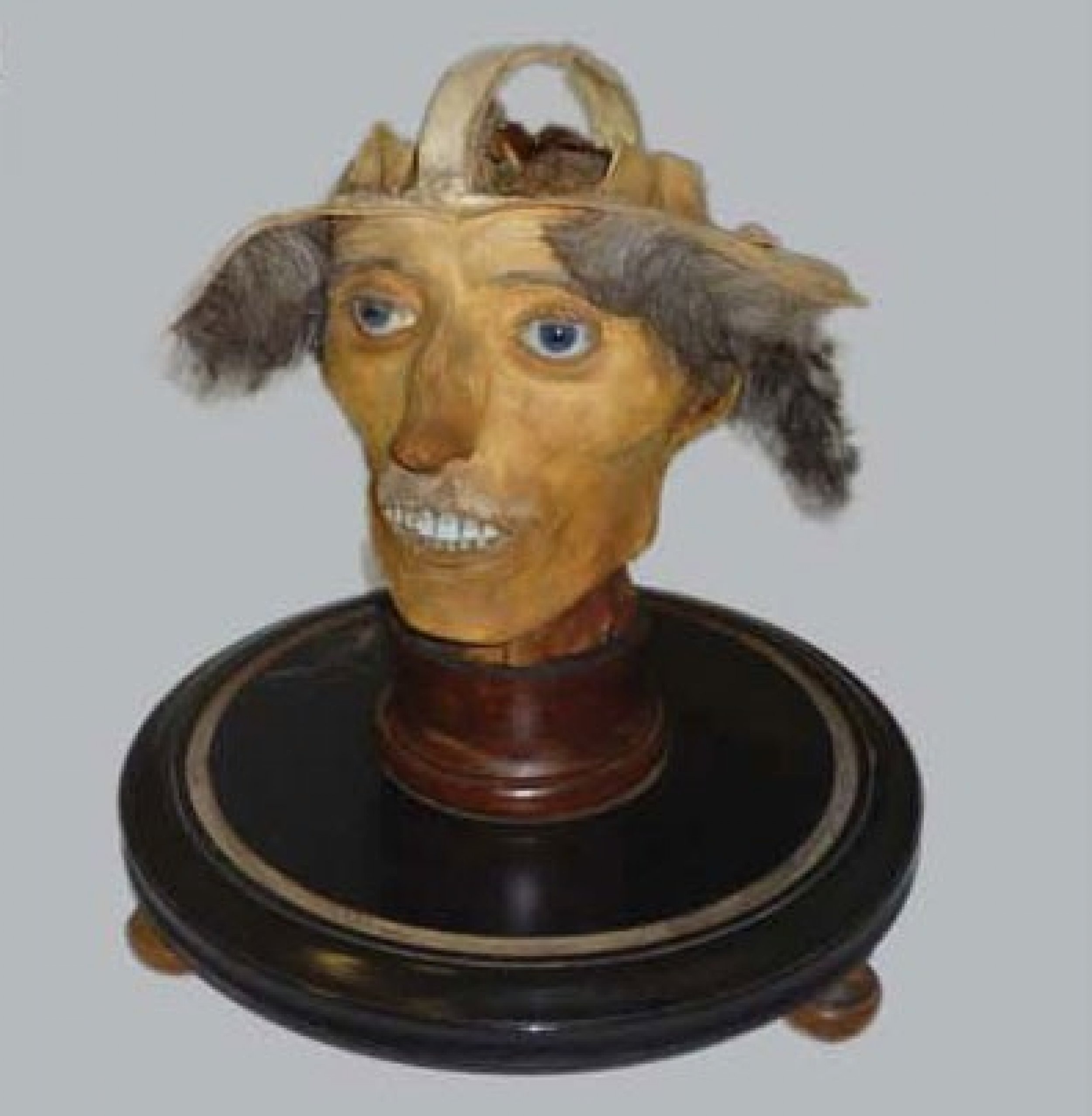Mystery Behind Preservation of 19th Century Italian Mummies Revealed (PHOTOS)
For more than 200 years, eight Italian mummies from the 19th century were examined to obtain detailed information on their state of preservation and the techniques used to prepare them.
The eight anatomical preparations from the collection of famous anatomist Giovan Battista Rini (1795-1856) at the Desenzano Hospital Pathology Division (Brescia, Italy) were examined using computed tomography (CT).
Rini reportedly petrified the corpses and body parts by bathing them in a cocktail of mercury and other heavy metals. The findings of the new study will be reported in the future issue of the journal Clinical Anatomy.
The collection of Giovan Battista Rini is small yet impressive selection of anatomical specimens prepared with very different aims of anatomical demon. Collectively, they displayed a remarkable state of preservation in the CT examinations, mentions the journal.
Study member Dario Piombino-Mascali, a forensic anthropologist at the Institute for Mummies and the Iceman in Bolzano, Italy, mentioned that this is the first time a collection of Italian mummies that has been preserved artificially for anatomical studies has been analyzed in detail.
The study found that the anatomical mummies were divided into three types, namely, ''dry preparations,'' ''corrosion preparations'' and ''organ preparations.
Of the mummies studied, two of the deceased individuals who were put to Rini's disposal for anatomical preparation were considered to be outlaws, while the others were presumably given to him from the local hospital.
Although, the exact method and substances used by Giovan Battista Rini are unknown, it is suggested that he used arsenic and mercury among other chemicals.
Get a glimpse of the anatomical mummies studied in the pictures given below:





© Copyright IBTimes 2024. All rights reserved.





















